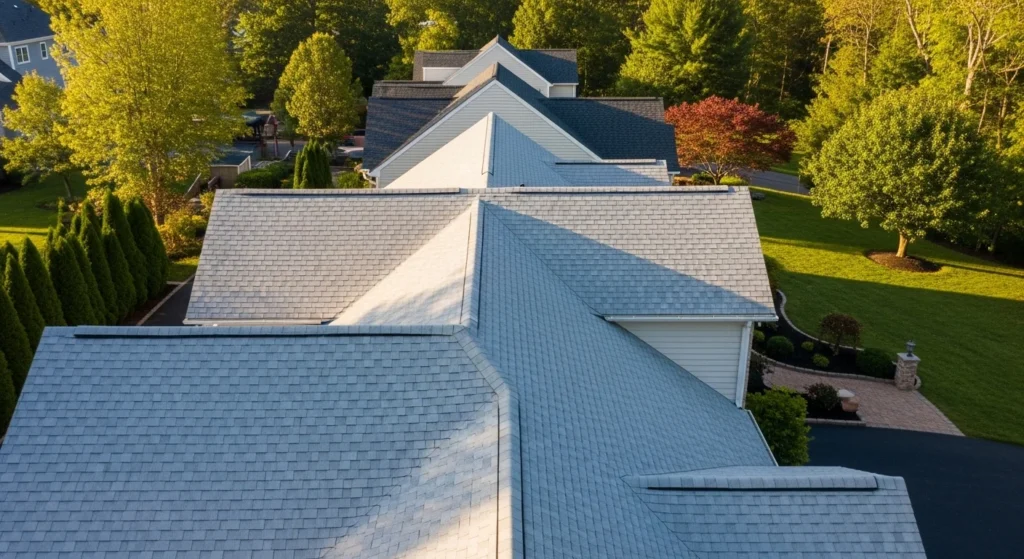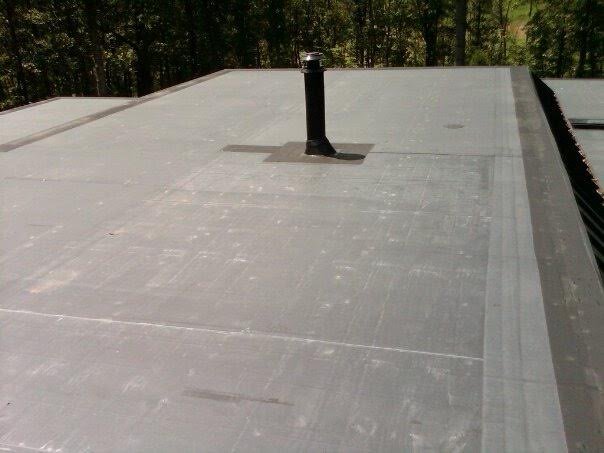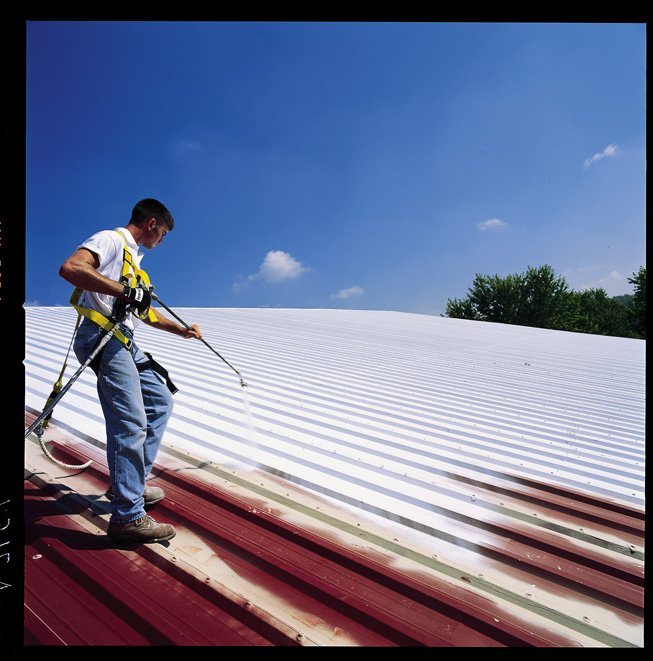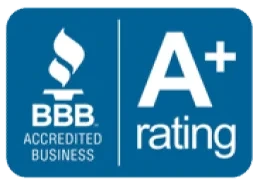7 Benefits of Roof Ventilation Service for Maryland Homes: Prevent Mold, Extend Roof Life
Moldy places smell like rotten eggs. Not gonna lie.Imagine coming home after a long day at work, exhausted and sleepy, only to be greeted by the smell of rotten eggs or to feel like living in a dumpster. No one deserves that, honestly. Your home is the place that actually feels like home, giving you comfort, warmth, and a cozy feeling. Make you relax and stress-free. Especially when you are living in Maryland. In areas where the temperature fluctuates and the humidity is too high to control. It allows molds to grow and sometimes aggravates it if no proper ventilation is available.Before further ado, let’s discuss the benefits of roof ventilation services in Maryland, and how you can make your home more livable. Benefits of Roof Ventilation Service Roof ventilation can save your home from premature damage, which is why it has become a necessity. Let’s explore 7 benefits that can extend your roof’s life. 1. Prevents Mold and Moisture Buildup To prevent molds in your home, you need to control moisture first. That’s why you should know the benefits of roof ventilation service from a professional. Usually, Maryland’s natural temperature is highly humid in summer. While it is chilly and dry in winter. That gives the perfect room for molds to grow. When warm indoor air rises into an unventilated attic, condensation builds up, leading to damp wood, soggy insulation, and eventually mold. Proper roof ventilation ensures air circulates freely, drying out moisture before it turns into costly problems. Think of it as giving your roof a chance to “breathe,” so your attic doesn’t become a breeding ground for mold. 2. Extends Roof Life A roof is an investment. We invested in a home as part of our long-term investment plan. That is supposedly built to last. But imagine building a house without ventilation; it seems like living in jail. So, during summers, shingles bake under trapped heat. And crack under ice dams in winter. This shortens the roof’s lifespan. If you live in Maryland, consider hiring a professional roof ventilation service. To prevent extreme temperature fluctuations that cause damage to your rooftop, it is essential to take preventive measures. They will build proper airflow, so your shingles stay intact longer. 3. Lowers Energy Bills Do you know why your electric bill increases during the summer? Simply because your AC operates at twice its capacity, it consumes more electricity, because your attic is heated up. Because during summer the temperature rises to 150°F. That heat trickles down into living spaces, making your HVAC system struggle. Perhaps proper roof ventilation will reduce this cost. 4. Protects Indoor Air Quality Moisture and mold not only harm your attic but also affect the air you breathe and make the rooms damp. Allows molds to grow. On top of the ventilation being poor, this can push musty, contaminated air into living spaces. Over time, this can lead to allergies, asthma, or other respiratory issues. Roof ventilation repair can only fix your life. Maintain fresh, clean air for you to breathe. Create a safe, healthy environment not just for you but for your family as well. 5. Prevents Ice Dams in Winter Maryland winters may not be the harshest in the U.S. But it’s snow and ice buildup on roads and home fences. However, attic heat melts snow on your roof. But refreezes near the edges. That forms dangerous ice dams. These dams trap water, forcing it under shingles and into your home. The benefits of roof ventilation services not only reduce electric bills but also balance roof temperatures. To prevent ice dams. You need proper airflow to keep your roof surface consistent. Save your homes from leaks and water damage during freezing months. 6. Preserves Insulation Efficiency You know when attic insulation works at its finest? When it’s dry. But unfortunately, without good ventilation, trapped humidity dampens insulation. Also reduces its ability to regulate temperature. This creates a cycle of higher electric bills, property damage, and discomfort in your own home. For longer investment plans for your home, maintenance is the key. Timely repair attic vent to maintain the proper ventilation. 7. Boosts Home Value Everyone is now getting smart due to unlimited exposure to the internet. And everyone is aware of how to increase home value in this high time. Mostly, now buyers look beyond aesthetics. They look for efficiency and durability. A properly ventilated roof signals. A well-maintained home. So in the future, they won’t have to face or pay for mold prevention or structural decay. To increase the resale value, consider investing in a professional roof ventilation service in Maryland. That peace after this investment is unmatched and yes, priceless! Why Maryland Homes Need Roof Ventilation More Than Ever Maryland’s climate fluctuates, creating a perfect storm for roof problems with its humid summers and cold winters. The roof of the house lacks a proper ventilation system. It allows molds to grow, which in turn increases energy costs. To make things easy and make your investment plan right, Absolute Home Solutions should be your go-to place. They do regular inspections. A simple service can save thousands of dollars in roof replacements and repairs. Already dealing with issues? Check out our services like Shingle Roof Repair or TPO roof replacement to complement your ventilation system. Signs Your Roof May Need Ventilation Repair If you notice any of these, it’s time to consider a ventilation repair or full-service inspection. Save Your Home From Getting Moldy! The benefits of roof ventilation service go beyond comfort. It protects your home and health, making it a long-term investment plan. From mold prevention to lower energy bills, proper airflow makes Maryland homes more durable and livable. Then why wait and smell rotten eggs each day? Hire a professional inspector today to save you from severe damage. And yes, it’s costly too.












